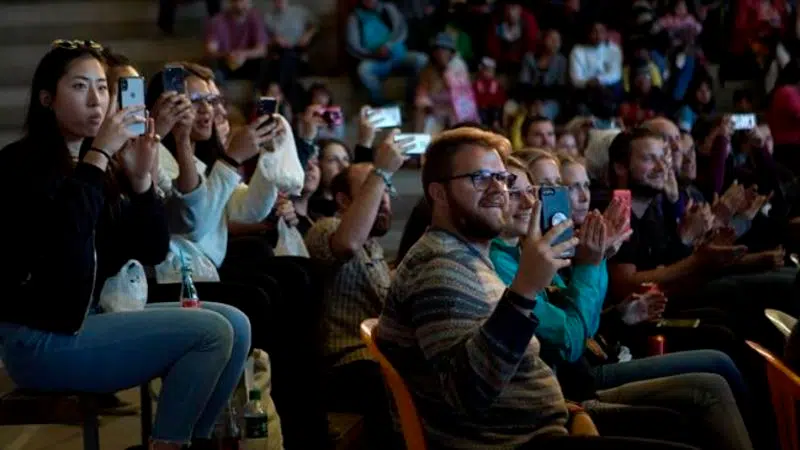
In Bolivia, a new generation of wrestlers in bowler hats
EL ALTO, Bolivia — A new generation of athletes is coming to one of the world’s more colorful sporting spectacles: the fighting cholitas of Bolivia, who take to a wrestling ring in the traditional billowing skirts, bowler hats and leather shoes of Aymara women.
The sport — known by the English-derived name catchascan — has delighted foreign tourists and photographers for years while building a sense of pride among indigenous women. But the group of competitors has gradually dwindled over time to just seven.
Among the most famous is Reyna Torrez, the ring name of Leydi Huanca, who has entertained spectators for a dozen years, her moves inspired by Mexican wrestlers such as Rey Mysterio.


